
How to Fix a Weeping Pavlova: Simple Fixes for a Soggy Meringue
Learn how to fix a weeping pavlova with simple, proven steps to save your soggy meringue. Prevent moisture issues with sugar tips, oven tricks, and cooling methods that actually work.
Whether you're pulling a tray of brownies from the oven or trying to fix a batch of fudge that went wrong, a few smart tricks can save the day. Below are quick, no‑fluff tips that work for everyday bakers. Grab a whisk and let’s make your desserts better.
Freshness starts the moment you finish baking. For brownies, let them cool completely, then wrap them tightly in foil or a zip‑lock bag. Store in the fridge if you want them chewy for up to a week, or freeze for longer keep‑up. Frosted brownies need a dry container so the glaze doesn’t absorb moisture.
Cheesecake lovers, keep your slices on a plate covered with plastic wrap, then chill. The cold keeps the creamy texture intact and stops it from drying out. If you’re dealing with macarons, pop them in an airtight box and add a slice of bread to balance humidity – they stay crisp on the outside and soft inside for several days.
Fudge can turn grainy or too soft. If it’s grainy, melt it again with a splash of milk and stir over low heat until smooth. Too soft? Return it to the pan, add a little more chocolate, and chill longer. The same principle works for brownies that turned out dry – drizzle a simple syrup made from equal parts water and sugar, then let them absorb it.
Vegan candy and treats often worry new bakers. Check labels for hidden dairy or egg whites. When in doubt, swap regular chocolate for a certified vegan brand and use plant‑based milk in caramel sauces. It’s a tiny change that keeps the flavor rich without compromising the diet.
Macaron towers look impressive but can wobble if the shells are uneven. Use a ruler to measure each shell’s diameter; aim for a consistent 2‑2.5 cm size. If you’re short on time, stack smaller shells inside larger ones for extra stability – the result still looks professional.
Want to keep your sheet cake fresh for a big party? Cut it into serving portions, wrap each slice tightly, and store in the fridge. This prevents the frosting from drying out and makes serving easier on the day.
Finally, remember that cleaning up matters. A clean pan means fewer burnt bits that can affect the next batch. Wipe away any residue while the pan is still warm, and you’ll avoid bitter flavors in future recipes.
These practical tips fit into any kitchen routine. Try a couple today and see how much smoother your baking becomes. Happy baking!

Learn how to fix a weeping pavlova with simple, proven steps to save your soggy meringue. Prevent moisture issues with sugar tips, oven tricks, and cooling methods that actually work.
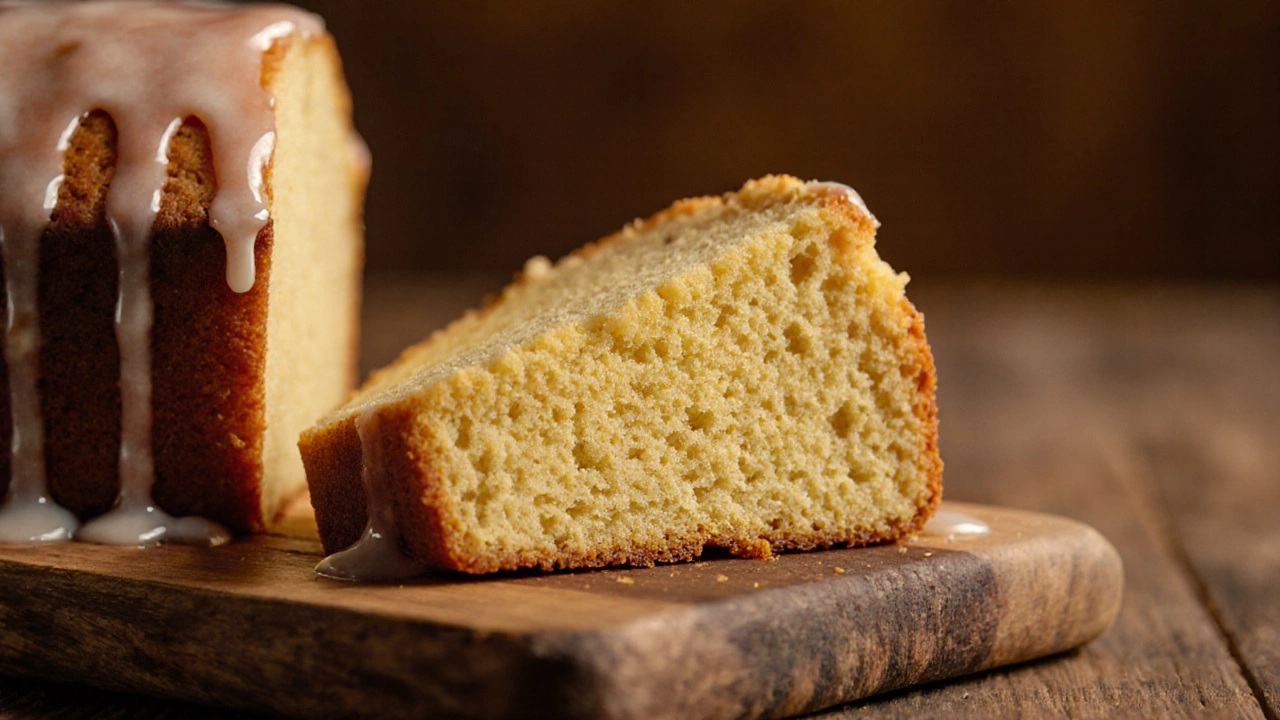
Discover what a cash cake is, its origin, a simple recipe, variations, storage tips, and common mistakes-all in one easy guide.
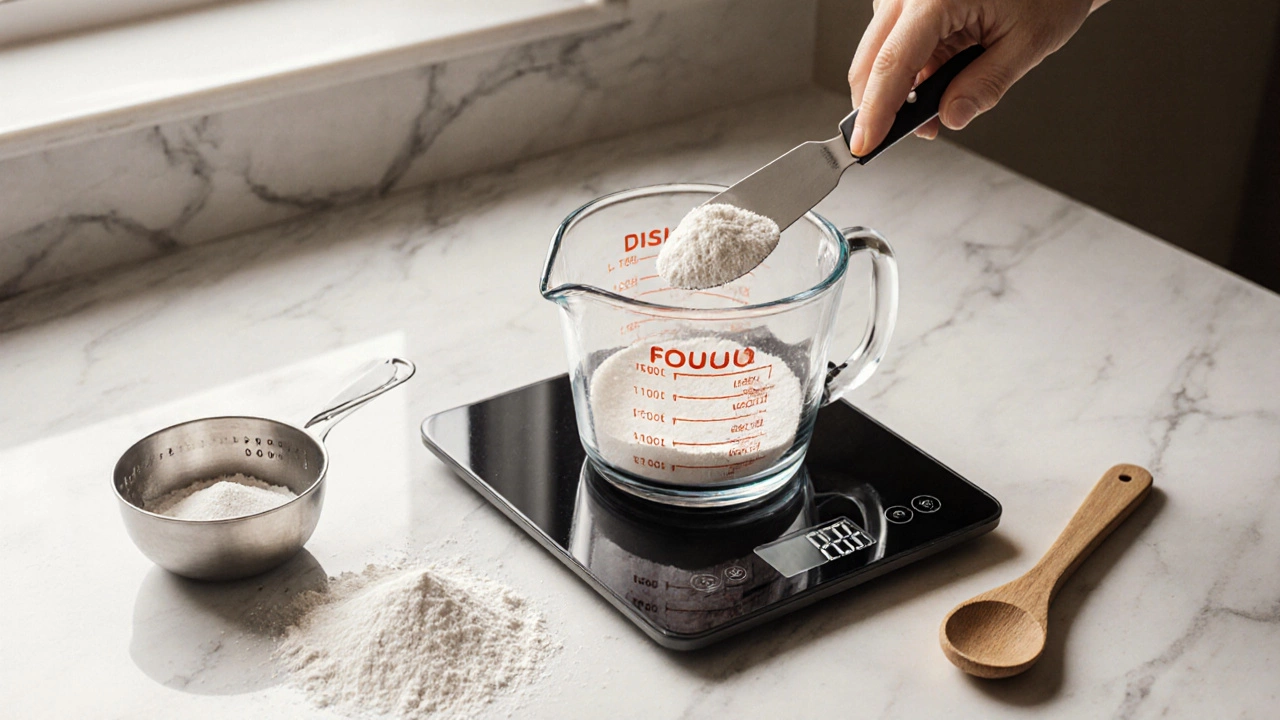
Discover four practical tips that turn average cookies into bakery‑level treats, covering flour, butter, sugar balance, and oven control.

Discover the meaning and use of the word 'brownies' in English, its origins, fun facts, global variations, and the best tips for making them at home.
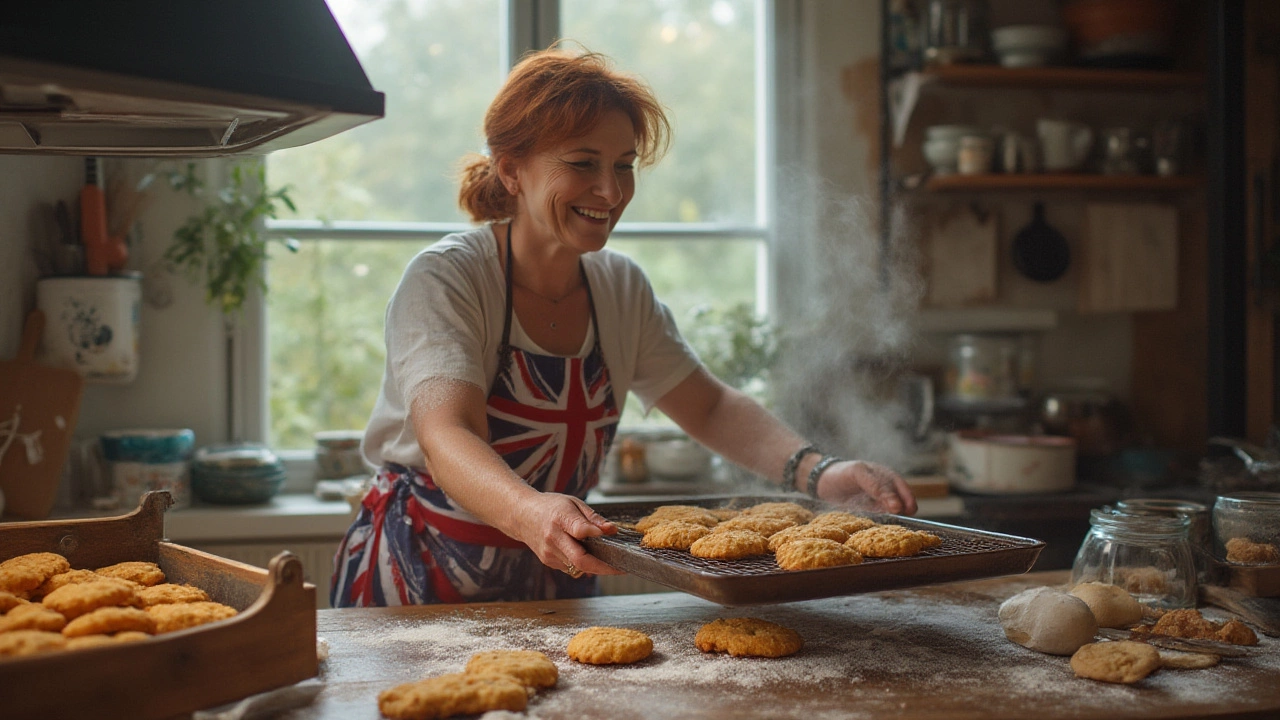
Explore practical tips, pro secrets, and science-backed methods to keep your cookies irresistibly soft, chewy, and bakery-perfect at home.

Ever wondered if it's really cheaper to bake a cake or just grab one from the shop? We dive into the costs, hidden factors, and tasty tips right here.

Uncover whether cookies turn out better with white or brown sugar, and learn tips to perfect your next batch. Find out how your sugar choice really changes your cookies.
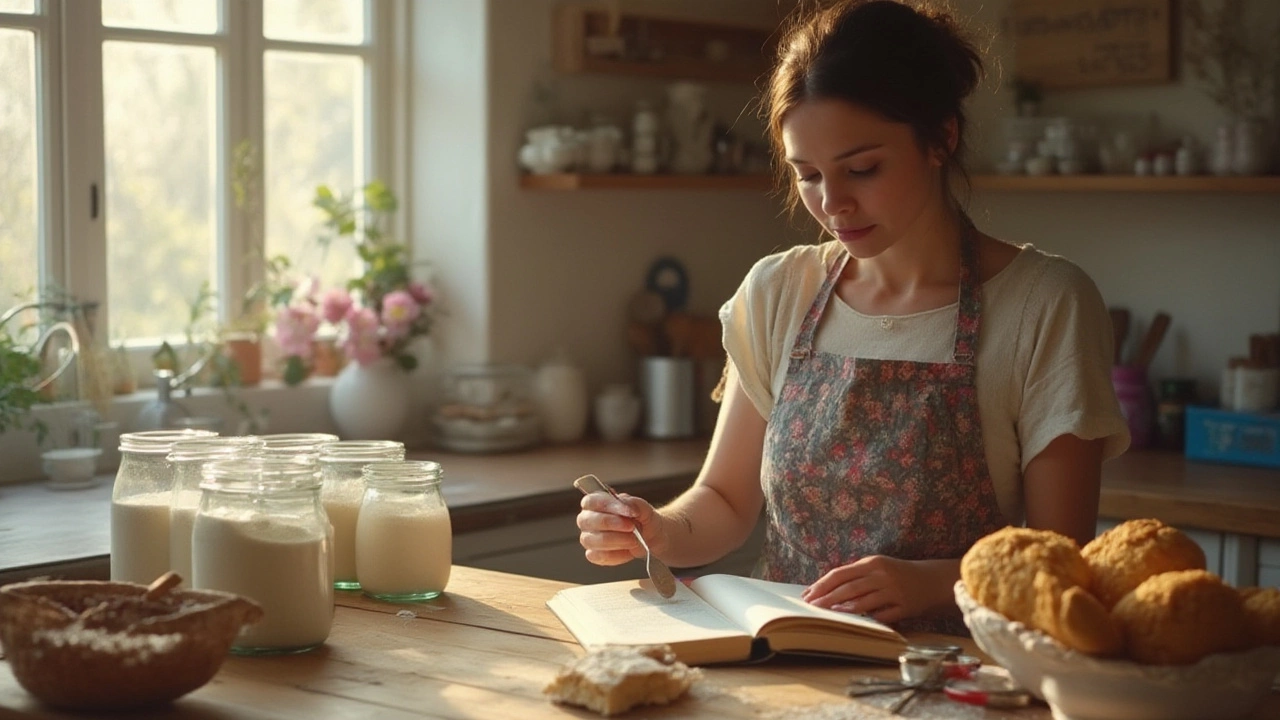
Struggling with gluten free baking? Discover the real secrets—science, flour blends, and texture hacks. Get honest, practical tips for success every time.
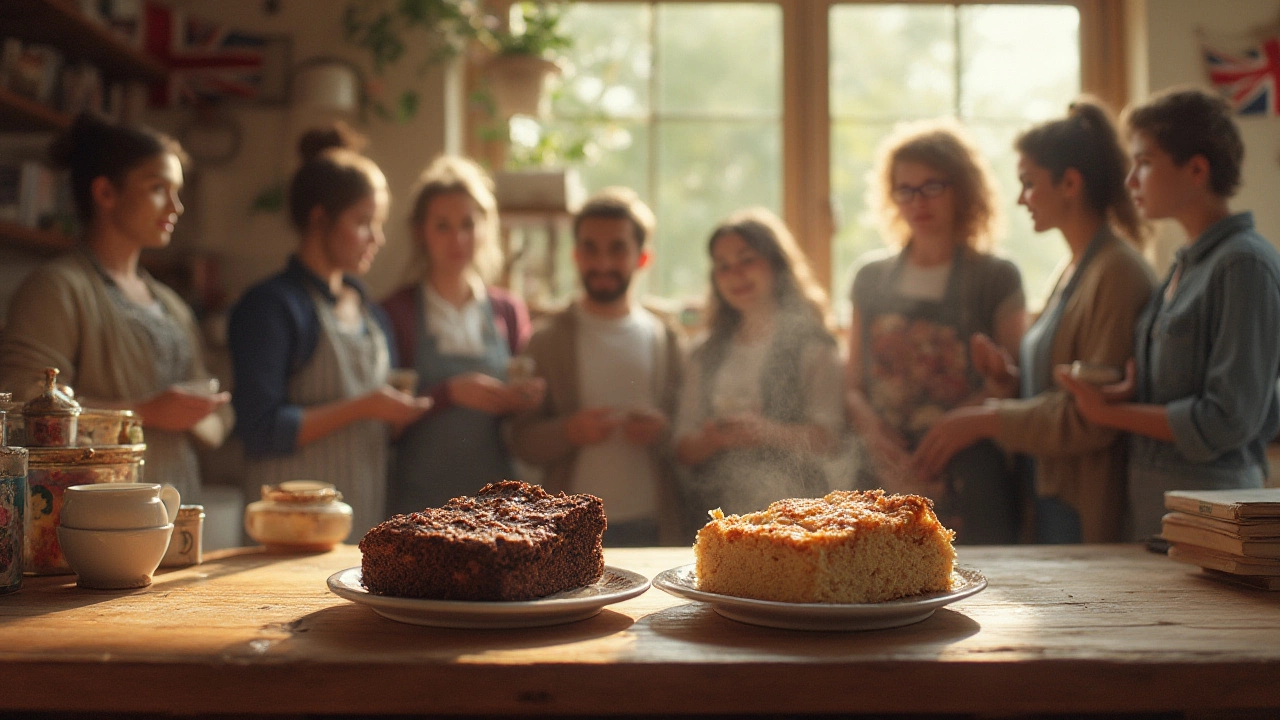
Are brownies supposed to be fudgy or cakey? This guide covers the science, preferences, baking tips, and recipes to master your perfect brownie texture.
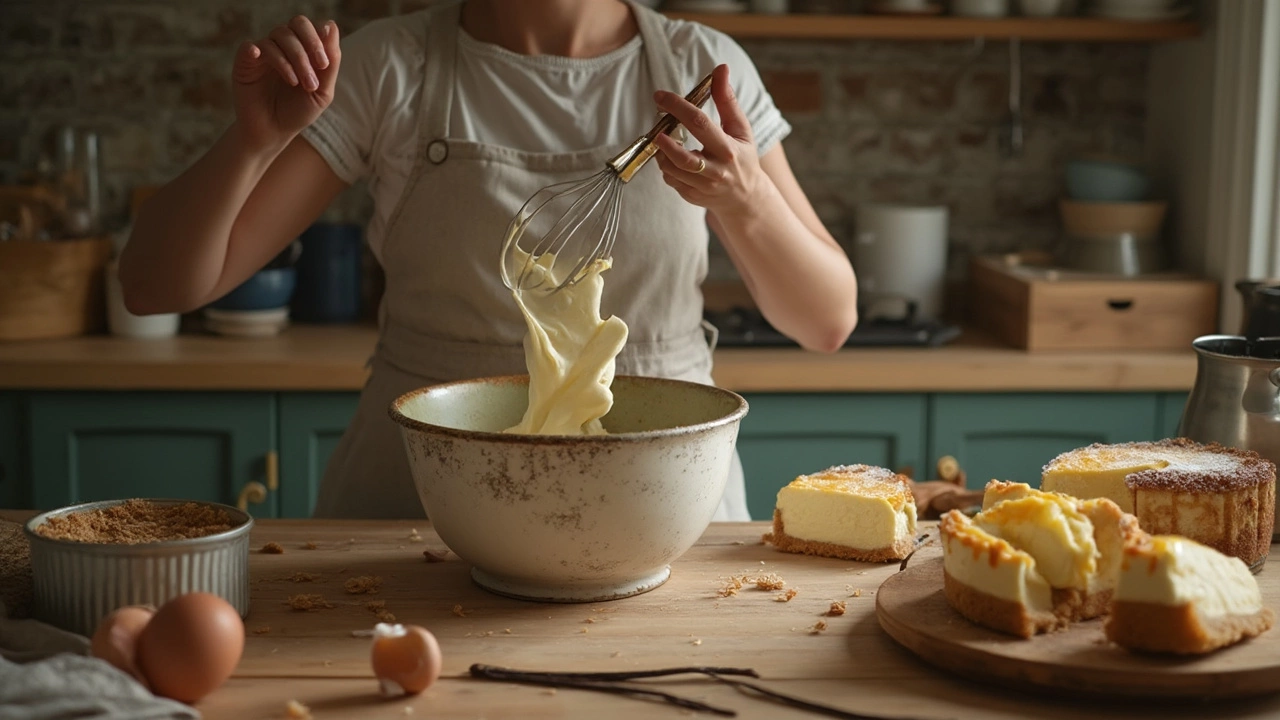
Explore what makes New York style cheesecake unique compared to regular cheesecake, including textures, ingredients, baking tips, and tasty trivia for home bakers.
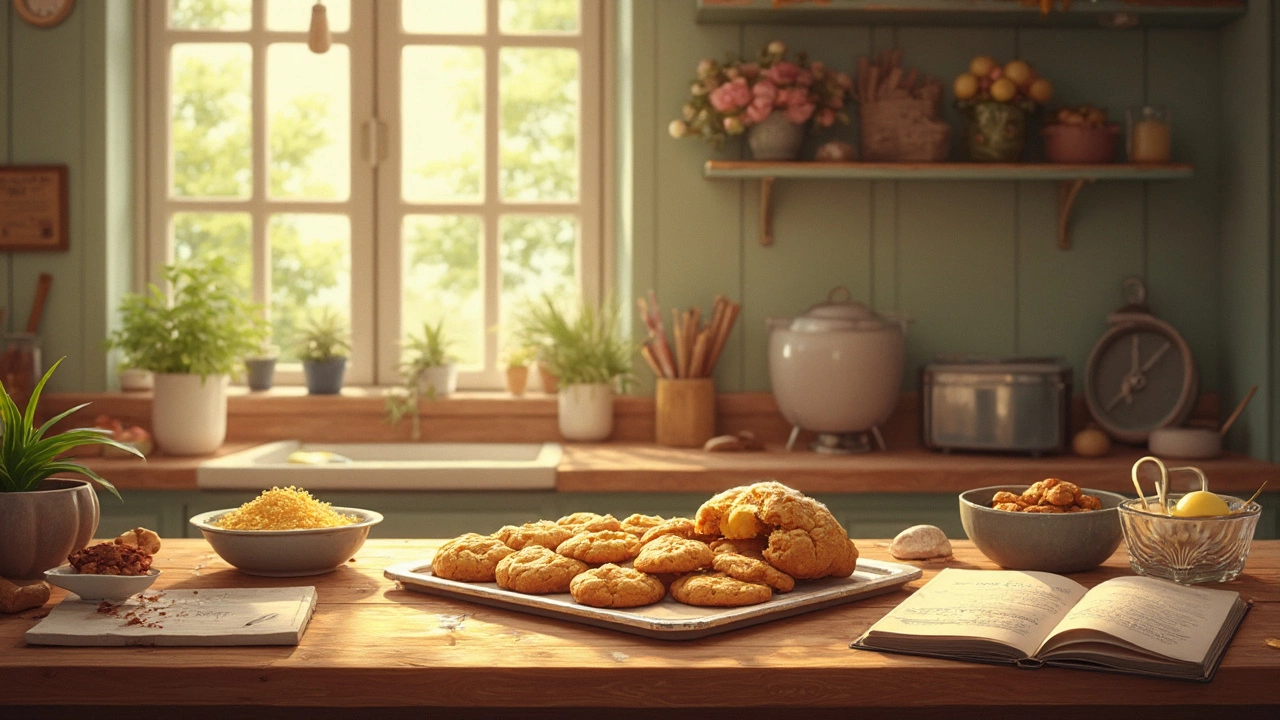
Ever wondered why some cookies turn out pillow-soft while others end up crisp? This article explains the science and tricks behind making soft cookies at home. It covers the importance of ingredients, mixing methods, baking times, and more. Plus—practical tips and mistakes to avoid if you want that perfect chewy bite. Find out what really makes a soft cookie and how you can easily nail it every time.

Ever wondered what goes wrong if you get heavy-handed with the sour cream in your cheesecake? This article lays out how too much sour cream affects the texture, taste, and structure of your dessert. You'll pick up smart tips for fixes and learn the best ratio for creamy, balanced cheesecake. Practical advice and a dash of fun make spooky mistakes less likely. Next time you reach for the sour cream, you'll know exactly how much to grab.